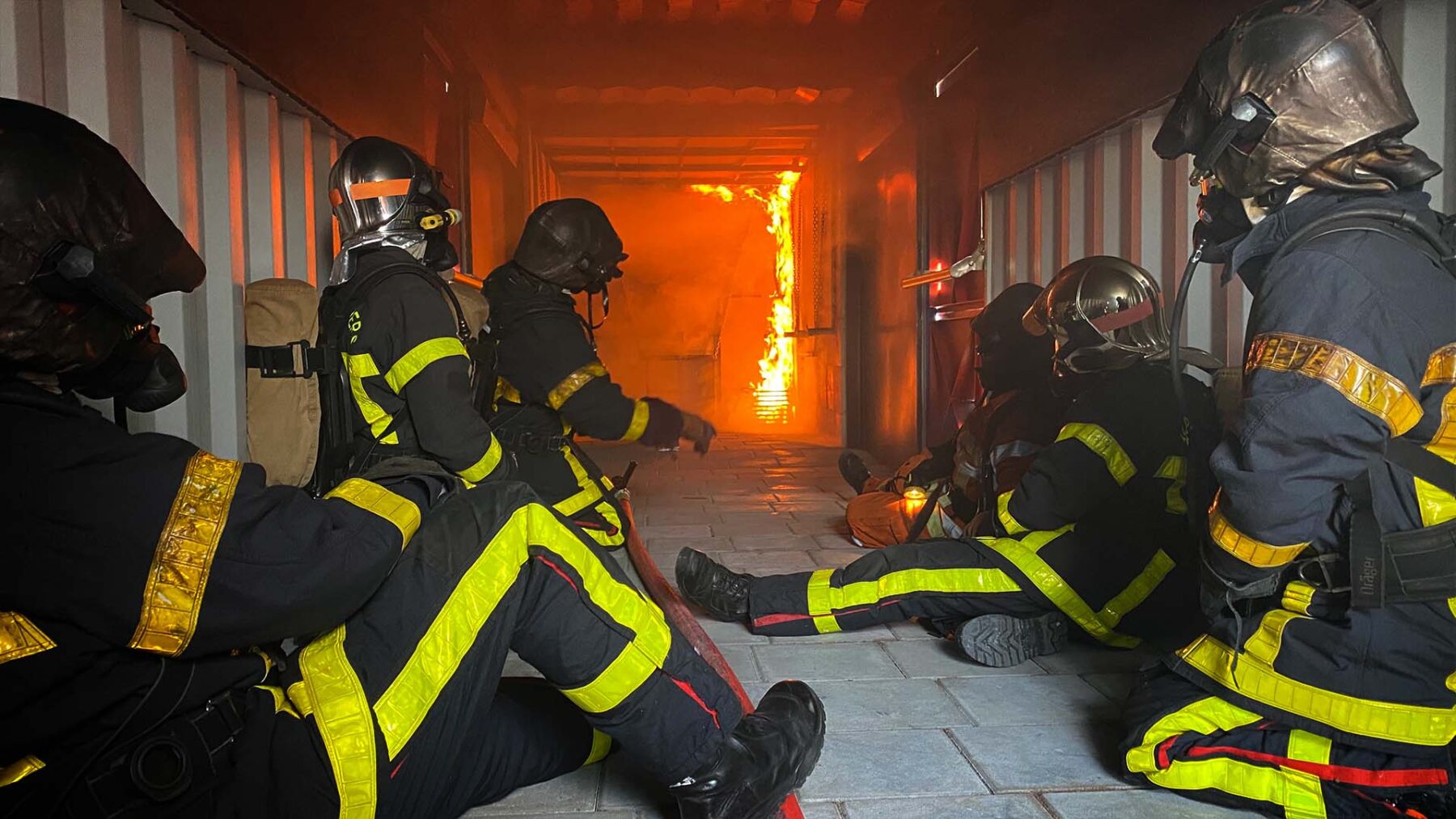When wood-fired training objects cause nuisance for the surrounding area, you could choose to switch to gas-fired fireplaces or place a smoke treatment system on your training object.
Gas-fired
Gas-fired objects are ideal for quicky repeating a scenario training. The fireplaces are easy to operate by the instructor from a distance. All imaginable objects can be converted into gas-fired objects.
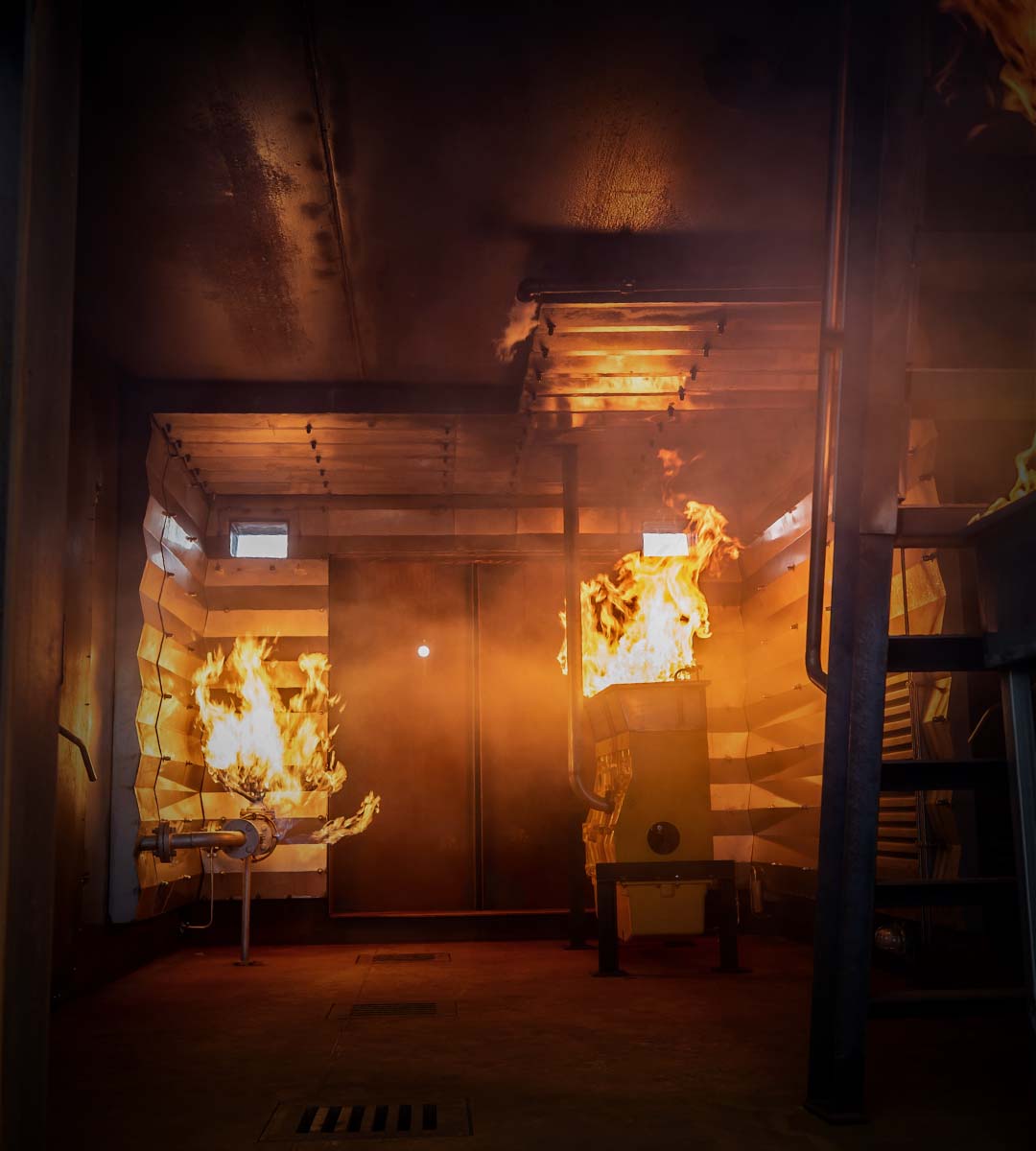
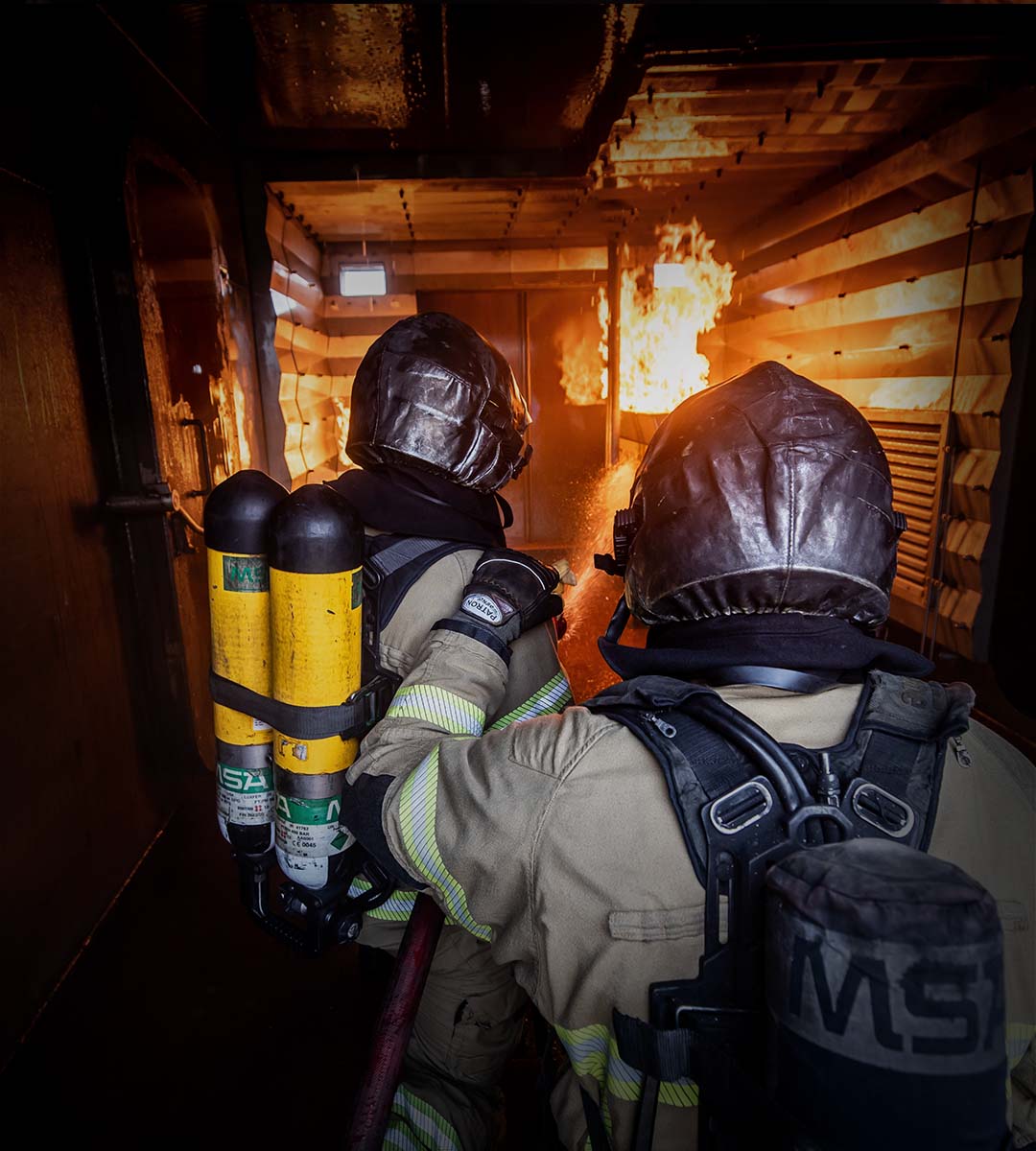
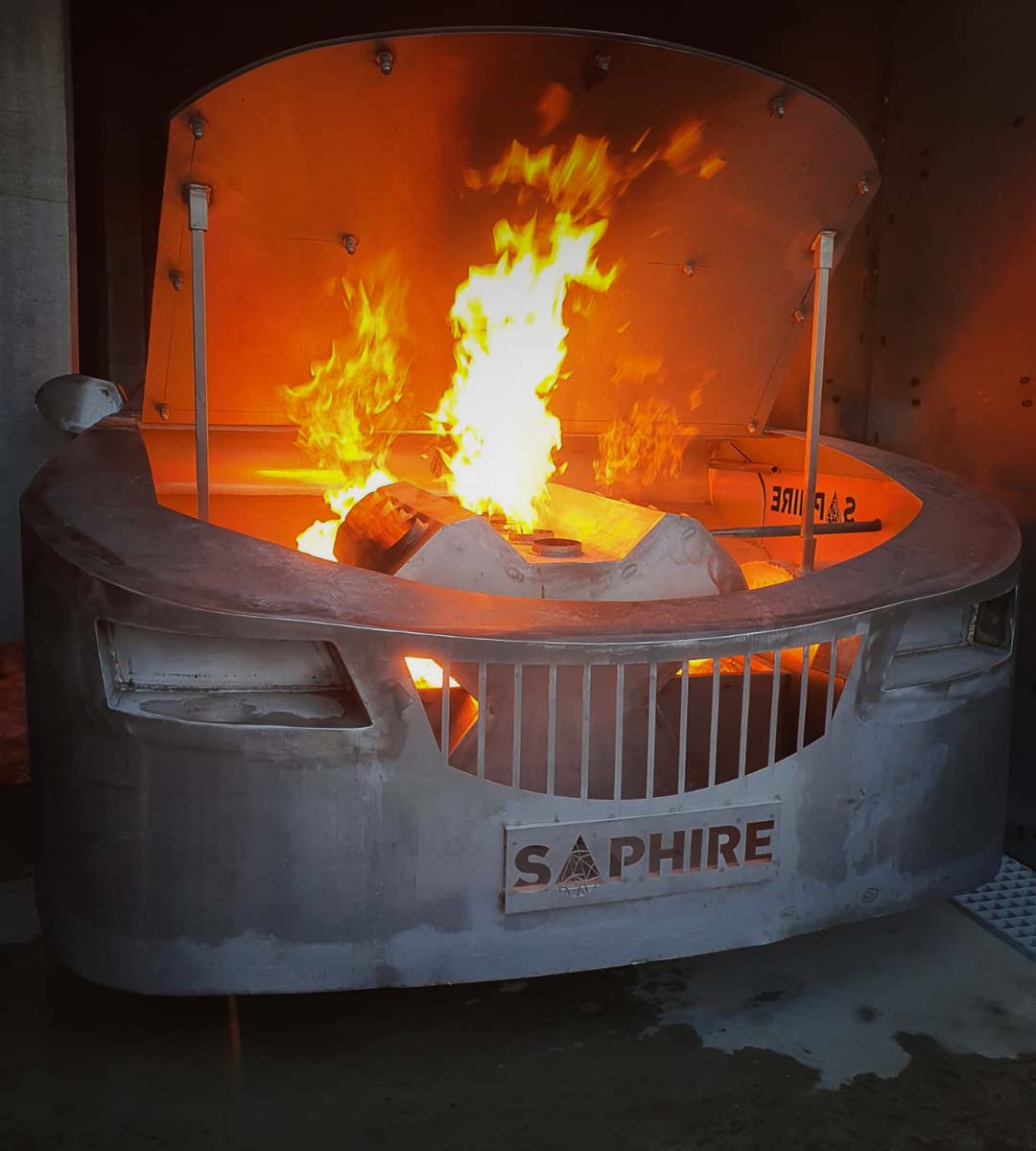
Using gas as a fuel has advantages and disadvantages compared to wood. When burning gas (propane or natural gas), you do not produce the polluting smoke as you do with wood. Training in a gas fire environment is therefore relatively clean. Of course, a smoke generator needs to be used to simulate the smoke. When a wood fire is extinguished, it cannot simply be rekindled. With gas fires, the ignition can be controlled directly by the instructor. Installing gas fires does require more technique with the associated costs than installing wood fires.
Are you interested which application is best suitable for your situation? SAPHIRE-CTC is ready to advice you!
Wood-fired with smoke treatment
If realistic wood smoke is necessary for training purposes, the SAPHIRE-CTC smoke treatment system is a great solution. With extracting and treating the wood smoke, the environment experiences less or no inconvenience.
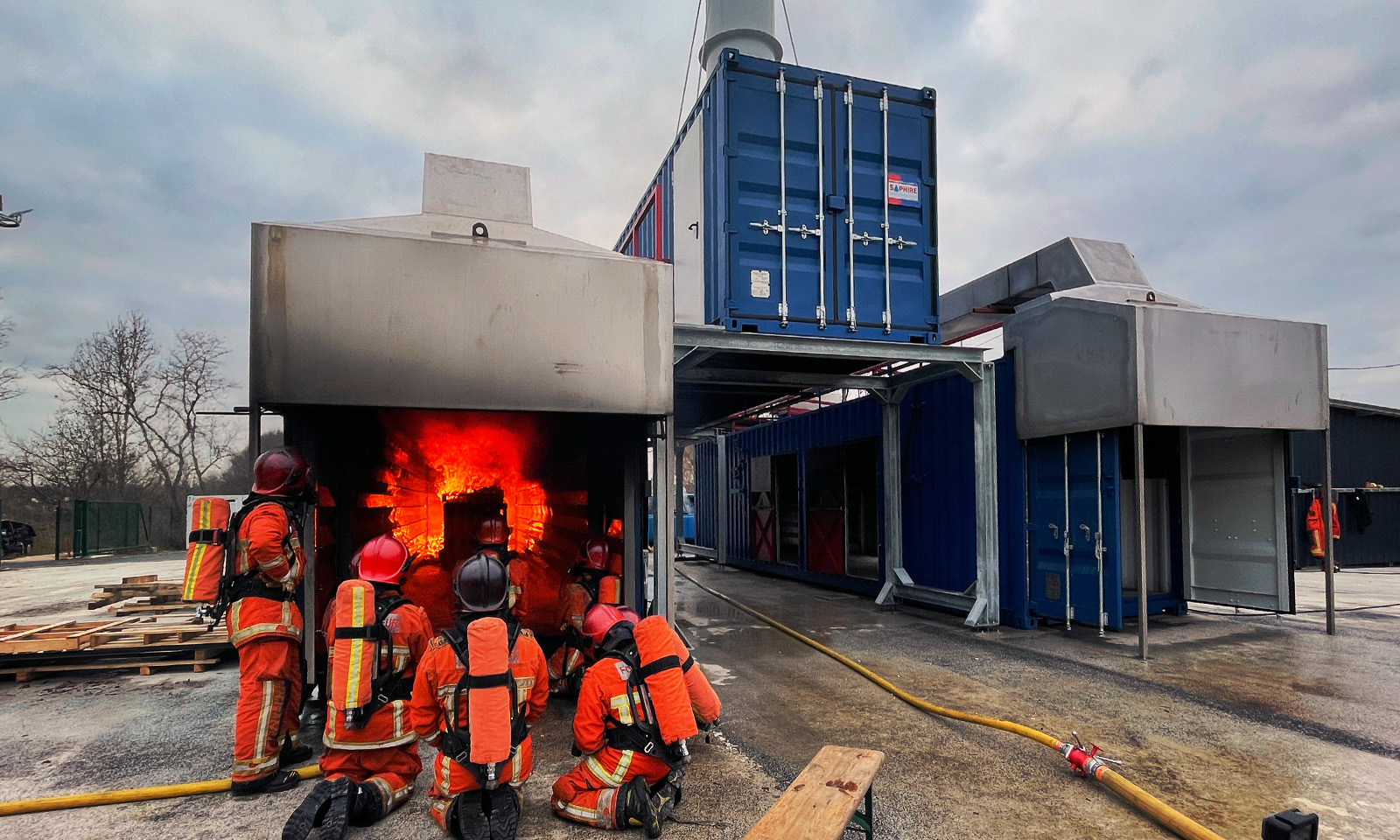
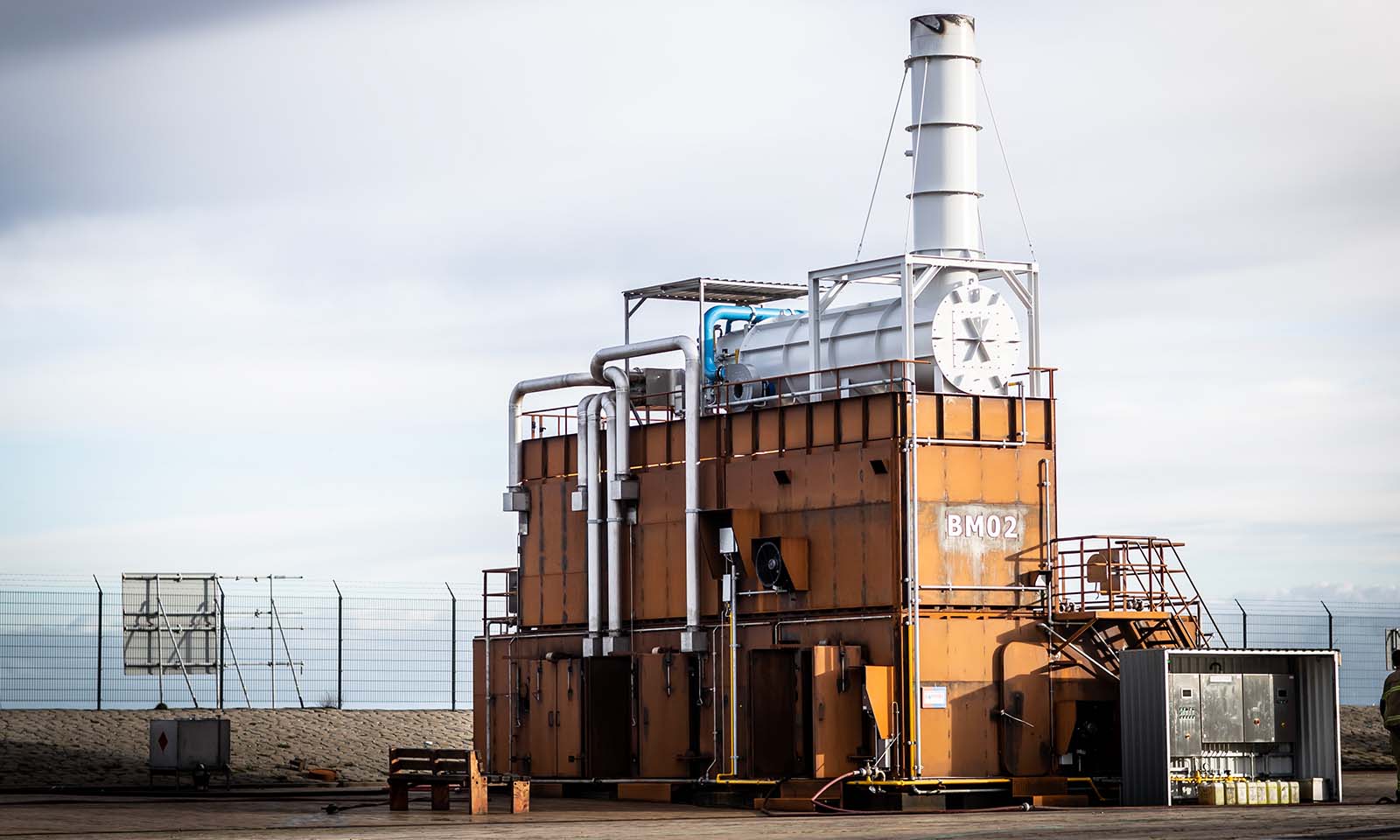
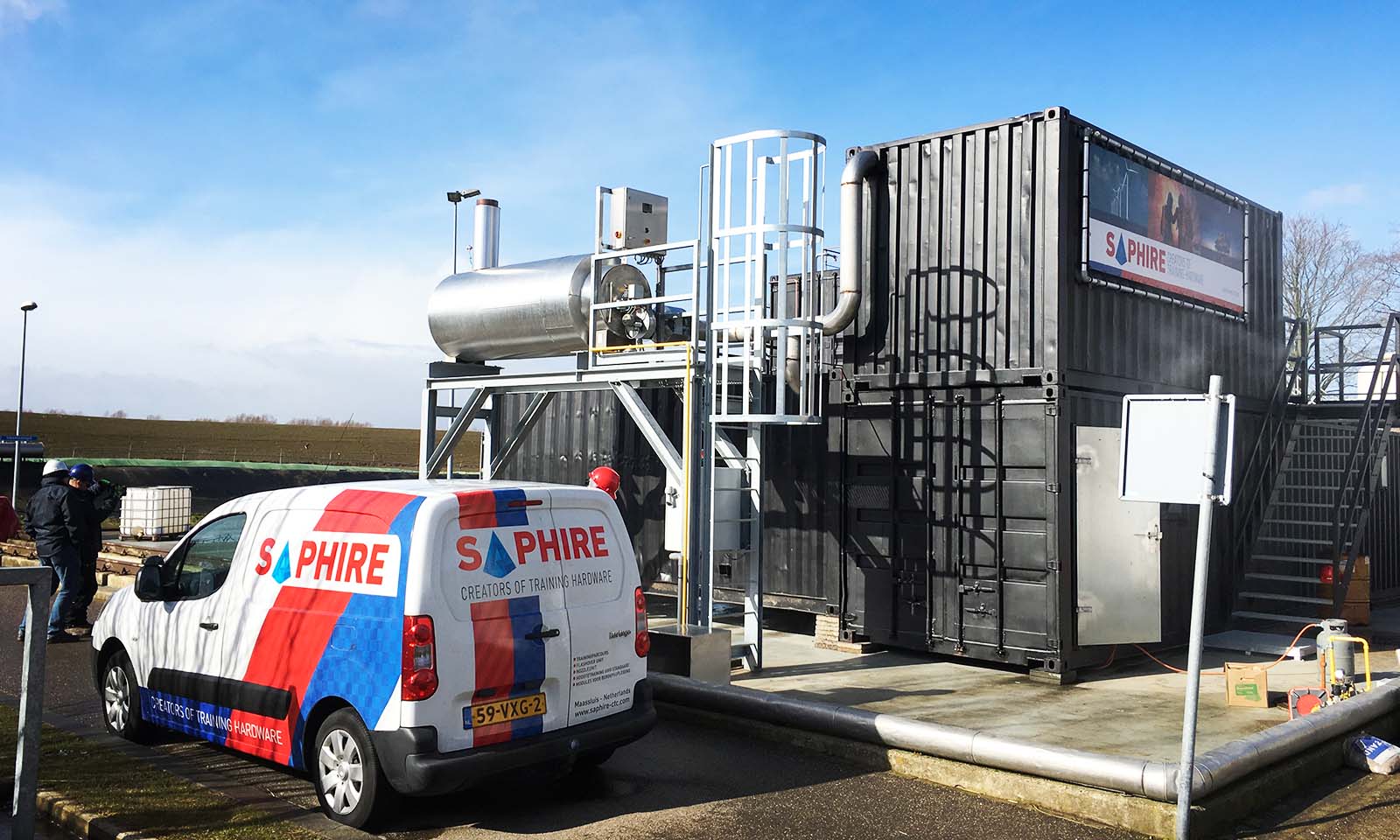
SAPHIRE-CTC’s smoke treatment system can be used on a variety of training objects (flashover unit, fire behaviour unit, etc.). At BOCAS (Fire brigade training centre Amsterdam-Amstelland Schiphol), the first installation has been running for 10 years now. Here, the technology has proven that wood smoke does not need to cause any inconvenience to the surrounding air traffic at Schiphol Airport. In recent years, the concept has been further improved to meet the stringent laws and regulations. The smoke treatment does not have a negative influence on the training goals. The instructor controls, through operating valves, how much smoke the treatment system extracts from the training object.
